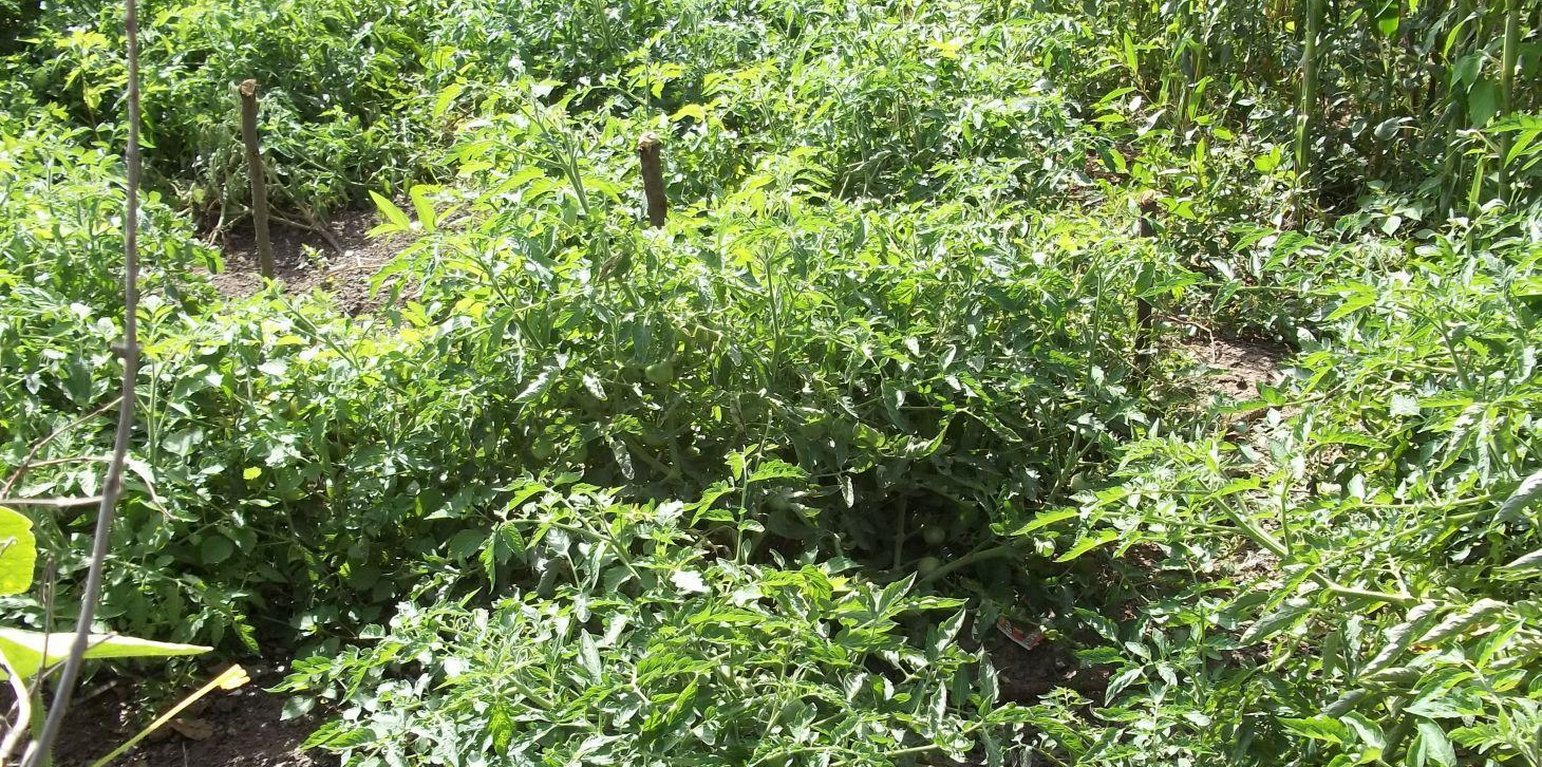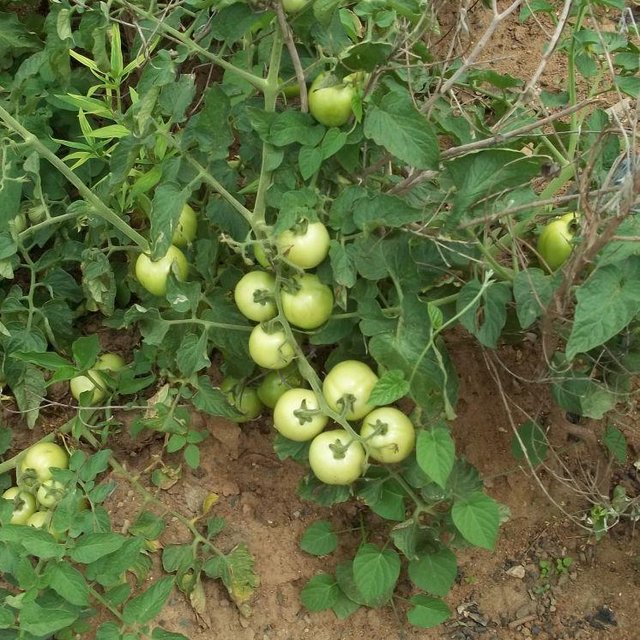



Tomato production in the off-season is restricted by the prevalence of insects and disease at that time. To mitigate these difficulties, it is important to find sustainable, non-polluting solutions that are accessible to producers. These solutions are: good tomato growing practices, the use of resilient and suitable tomato varieties, and biological control. Some varieties of off-season tomatoes have produced well and shown a certain resilience to diseases and other pests (nematodes and aphids). Growing tomatoes off season also means the market can be supplied when such produce is lacking.
The specific objectives of growing off-season tomatoes are: promoting market garden production during the off-season; reducing the scarcity of tomatoes in the off-season; increasing the revenues of growers. The average yield obtained from each crop is around 15,500 kilograms per ha, with yields peaking at 35,500 kilograms per ha in some places.
Implementation: 1) Select a site for the nursery that is near to a water source. Clean and turn the soil in the plot. The insects and weeds in the soil often pass on disease to young nursery plants. It is therefore necessary to disinfect the soil. Manure must be worked into the soil or compost prior to disinfection. In the week prior to treatment, the nursery soil must be kept sufficiently moist. Growers can disinfect their soil with fire, hot water, or chemical products. 2) The way a bed is prepared depends on the season. In the dry season, the nursery bed is sunk into the ground so that it holds water better. In the rainy season, the nursery bed is raised (mounded) to prevent waterlogging and promote good drainage once the rains have abated. 3) Seed requirement: Two to three grams for each 100-square-metre plot. Fresh market tomatoes: 300 grams per hectare. Industrial tomatoes: 400 grams per hectare. 4) Fertilisers are optional. During sowing, they can be applied in small quantities in soluble form. Alternatively, three kg of well-rotted manure can be applied per square metre. 5) Protecting plants: Combat leafminers and prevent damping off by applying authorised plant health products. Cover the nursery with a mosquito net until the seedlings are planted out. 6) Seedbeds are laid out in rows 15 to 20 centimetres apart. The seeds are sown along one-centimetre-deep furrows or simply scattered. Seed density should be 100 per linear metre, i.e. 500 per square metre. The seeds are then covered with earth or fine sand. The beds are covered with straw, which is removed as soon as the seedlings sprout. Duration of nursery stage: three to four weeks. 7) Healthy and strong plants with at least six proper leaves are planted out. The distance required between plants varies according to the season, growing conditions and varieties in question: 80 x 60 cm; 80 x 40 cm; 60 x 60 cm; 60 x 40 cm. When transplanting plants, compact the earth around the roots. Each plant must be carefully extracted along with the clump of earth its roots are embedded in. Dig a hole in the bed and insert the plant. Plants are planted in raised beds or mounds in the rainy season and in the beds or flat ploughed ground outside of the rainy season. Transplanting should be carried out at the end of the day, when it is cooler. Water plants immediately after planting them out. Whatever the growing season, it is best to cover young, freshly transplanted plants with a straw cover providing adequate shade. If some plants die, replace them with others held in the nursery. 8) How to prune tomato plants: Remove buds growing between the leaf and the stalk. Retain only one or two thick stalks with their leaves and their flowers. Pruning should be carried out once or twice a month. Prune tomato plants whose fruit will be used for industrial purposes or canned (determinate tomatoes may not be pruned). From time to time, remove suckers (a side shoot from an axillary bud) when weeding and hoeing. For fast-growing varieties, retain just one thick stalk. 9) The quantities of chemical fertiliser to apply vary as follows: 40 to 120 kilograms of nitrogen per ha, 30 to 90 kilograms of phosphate per ha, and 30 to 90 kilograms of potash per ha. Never spray fertilisers on young or wet plants as this will burn them. An alternative is 20 to 30 tonnes of organic fertiliser per ha 10) Plant care: Plants must be watered regularly (morning and evening), particularly during fruit formation. The water quantities are then reduced towards the end of the growing cycle. Weed and hoe regularly, especially in the early stages of planting. Stake the tomato cultivars before they begin forming fruit. This will stop the fruits touching the ground. Using mulch provides better quality fruit.
สถานที่: Kayes, Koulikoro, Sikasso, Ségou, Mopti, Bamako, Mali, มาลี
ตำนวนการวิเคราะห์เทคโนโลยี:
การเผยแพร่ของเทคโนโลยี: กระจายไปอย่างสม่ำเสมอในพื้นที่ (0.75 km²)
In a permanently protected area?:
วันที่ในการดำเนินการ: น้อยกว่า 10 ปี (ไม่นานนี้)
ประเภทของการแนะนำ




Some varieties of off-season tomatoes have produced well and shown a certain resilience to diseases and other pests (nematodes and aphids). Growing tomatoes off season also means the market can be supplied when such produce is lacking. The average yield obtained from each crop is around 15,500 kilograms per ha, with yields peaking at 35,500 kilograms per ha in some places.